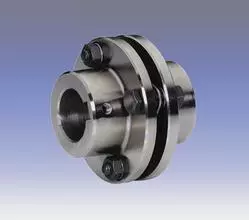Technical Requirements for Materials of Coupling
Materials of coupling:
Free forging adopts simple tools and equipment with excellent versatility and low cost. Meanwhile, compared with cast blank, free forging eliminates the defects such as shrinkage cavity, shrinkage, porosity, leading cast higher mechanical properties. Forgings are simple-shaped and easy to operate. Therefore, it matters much in the manufacturing of heavy machinery and important parts.
Free forging is classified into hand free forging and cold free forging. Hand free forging is low production efficiency and great labor intensity, only suitable for replacement or production of simple, tiny, small batch forgings. In the modern industrial production, cold forging has become the main forging production methods, playing an important role in the manufacture of heavy machinery.
Coupling forging materials require certificate of inspection, if alternate materials are needed, buyer’s consent with written files is a must. Forgings shall be forged on enough hydraulic tonnage or forging hammer. Meanwhile, enough forging ratio is needed for forging, making the whole cross section forging to achieve uniformity of organization. The axis of forging should be fairly the center line of ingot. Forgings shall be formed by ingot or billet forging. Forging time ruler is allowed and generally a separate heat treatment should be done.
Heat treatment and mechanical processing requirements:
Heat treatment after forging: forgings should be preheated after forging to improve the structure and machinability.
Rough machining: rough machining should be done before heat treatment, leaving the minimum machining allowance.
Property heat treatment: forgings shall be quenched and tempered in order to reach the required performance.
Machining after property heat treatment: after mechanical properties are qualified, forgings shall be processed to the size and surface roughness set by the pattern that is provided by the buyers. But if either surface of cutting quantity is more than 5 mm, forgings must be applied stress relief treatment.
Stress relief treatment: temperature of stress relief treatment of forgings should be lower than the final tempering temperature 30 °, after heat preservation, forgings should cool off slowly. Otherwise, mechanical test should be carried out on forgings after stress relief treatment.

